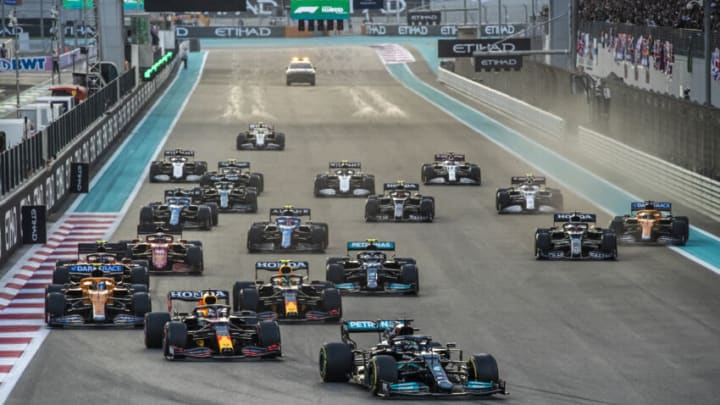
The Netflix series Drive to Survive has introduced new fans to Formula 1 but has also brought deserved criticism from racing diehards.
Since its debut in March 2019, the Netflix series Drive to Survive has offered fans an inside look into the workings of Formula 1 racing. In three seasons, it has also brought criticism for its sometimes-manipulative storytelling.
It is indisputable that Formula 1 is exploding in popularity in the United States; last year’s United States Grand Prix broke the sport’s all-time attendance record.
While metrics for streaming viewership aren’t terribly specific, Parrot Analytics ranks Drive to Survive in the top 3% of online documentaries and has it outperforming more than 90% of all programs available in the United States.
And while we don’t know exactly how many of those viewers have become avid fans of Formula 1 racing itself, the parallel increases in popularity between the series and the championship can’t be ignored.
Drive to Survive is less popular among serious Formula 1 fans.
Long-time Formula 1 viewers have plenty of criticism for the show for the technical and storytelling liberties it takes. While we fully acknowledge that the series is far from perfect, there is plenty to appreciate about it.
Drive to Survive exists solidly in the “docudrama” zone between history and fiction. Like any dramatization of athletic competition – and viewers must not forget that it is just that, a dramatization – it will have moments that are embellished for story’s sake.
With season four due out this spring, it remains to be seen whether Netflix makes any adjustments to the series in response to criticism. But that won’t stop us from outlining exactly what we love and what we don’t about a series that has become required viewing for Formula 1 fans, both new and old.
